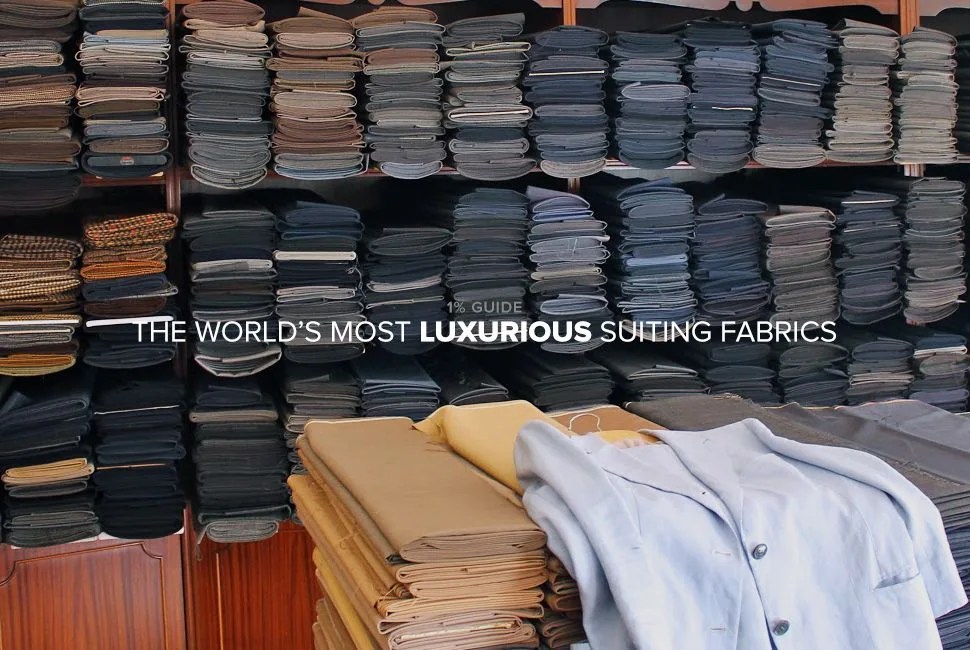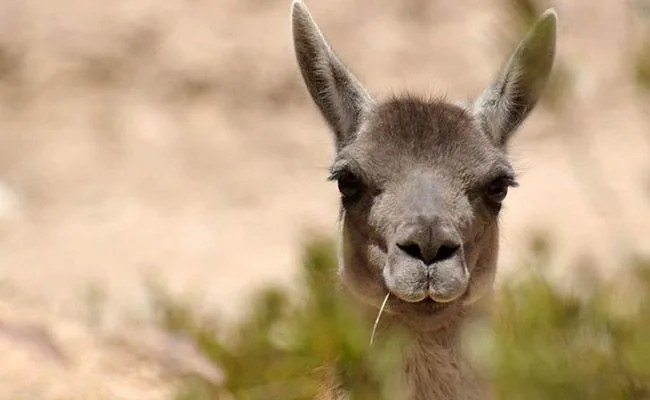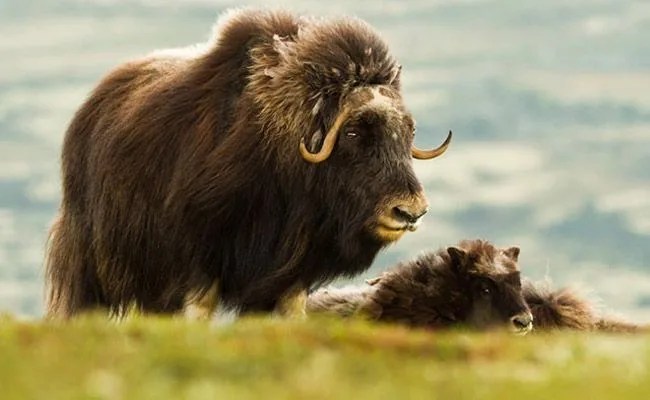The difference between a $5,000 suit and a $50,000 bespoke suit, besides a raise to a C-letter job title, is fabric. Sure, a documented Neapolitan lineage, a tastefully wood paneled dressing room and savant-level sewing help, but beyond a certain point, luxurious materials create the ludicrous price tags attached to the world’s highest profile suits. The math is fairly simple. The rarer and more elusive the sheep or other furry mammal that supplies the hair/wool/what have you, the more premium the fabric. Those with sensitive skin and desensitized bank accounts can find the threads and fabrics to key in on below.
The “Supers”
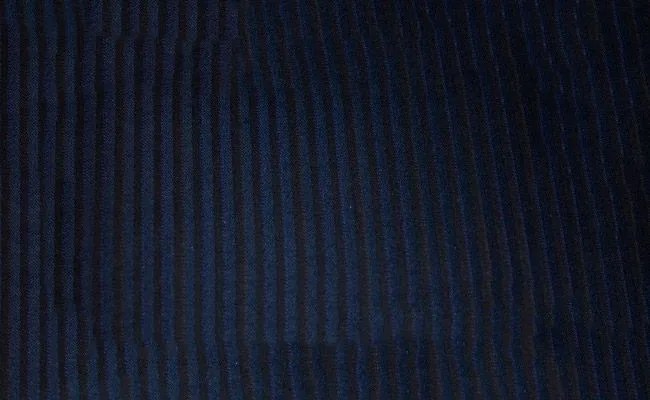
Super is a generic marketing term you’ll find on high-end sheep’s wool past a certain count. Count in this case isn’t a measure of threads per inch or “thread count” as many assume. Instead it refers to the amount of hanks (a 560 yard spool of yarn) that can be spun out of a single pound of wool. Higher-count wools demand premiums because it produces more yarn per pound and is softer and silkier to the touch. While counts of 60 were once considered fine back in the day, selective sheep breeding and advances in production have created ever higher echelons of wool, reaching as high as 250 today. So-called Supers are unquestionably buttery to the touch, but their value as a suiting material is a source of controversy in the industry today, fueled as much by marketing cache as they are by exclusivity. In fact, high-end supers have developed a reputation for being shiny and easily worn through.
Vicuña
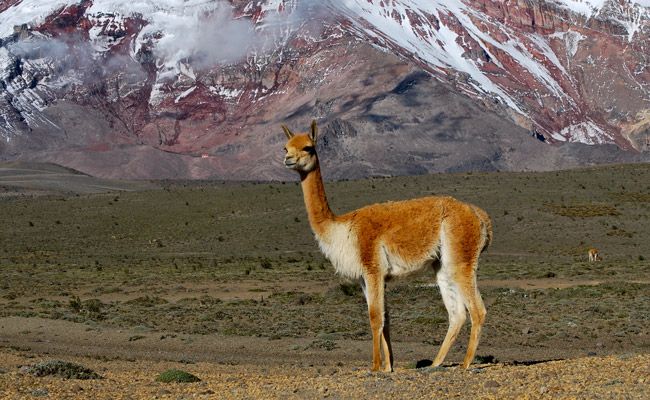
The vicuña is a relative of the llama and may have originated from domesticated alpacas. The South American creature’s wool is warm, light and, at 12 micrometers in diameter, the finest on earth. These qualities made the remarkable fur the material of choice for Incan royalty centuries ago. The conquistadors called it “the silk of the New World.”
